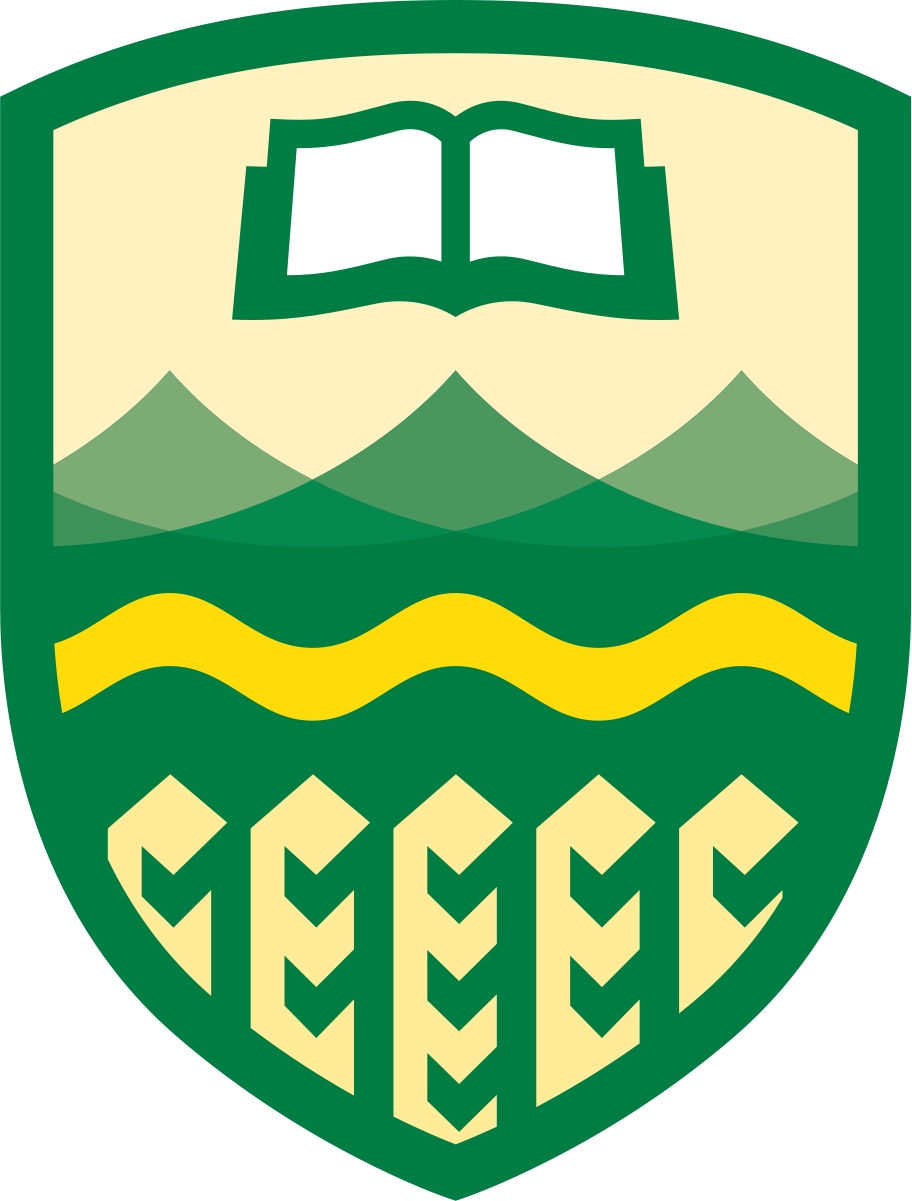An RSA number is a positive integer $n$ that is the product of two
distinct primes. For example, $10
= 2 \cdot 5$ and $77 = 7
\cdot 11$ are RSA numbers whereas $7 = 7, 9 = 3 \cdot 3$, and
$105 = 3 \cdot 5 \cdot 7$
are not.
You are teaching a course that covers RSA cryptography. For
one assignment problem, you asked students to generate RSA
numbers. They were to submit two positive integers $A, B$. Ideally, these would be
distinct prime numbers. But some students submitted incorrect
solutions. If they were not distinct primes, partial credit can
be earned if $A \cdot B$
is not an integer multiple of $k^2$ for any integer $k \geq 2$. If there is an integer
$k \geq 2$ such that
$k^2$ divides $A \cdot B$, then the student receives
no credit.
For a pair of positive integers submitted by a student for
the assignment, determine if they should receive full credit,
partial credit, or no credit for this submission.
Note: In the sixth sample case below, the
number $545\, 528\, 636\, 581
\cdot 876\, 571\, 629\, 707$ is divisible by
$1\, 000\, 003^2$ and in
the seventh sample case below, the number $431\, 348\, 146\, 441 \cdot 3$ is
divisible by $656\,
771^2$.
Input
The input consists of a single line containing two integers
$A$ ($2 \leq A \leq 10^{12}$) and
$B$ ($2 \leq B \leq 10^{12}$), which are
the two submitted numbers.
Output
Display if the student should receive full credit, partial
credit, or no credit for the
submitted numbers.
| Sample Input 1 |
Sample Output 1 |
13 23
|
full credit
|
| Sample Input 2 |
Sample Output 2 |
35 6
|
partial credit
|
| Sample Input 3 |
Sample Output 3 |
4 5
|
no credit
|
| Sample Input 4 |
Sample Output 4 |
17 17
|
no credit
|
| Sample Input 5 |
Sample Output 5 |
15 21
|
no credit
|
| Sample Input 6 |
Sample Output 6 |
545528636581 876571629707
|
no credit
|
| Sample Input 7 |
Sample Output 7 |
431348146441 3
|
no credit
|

